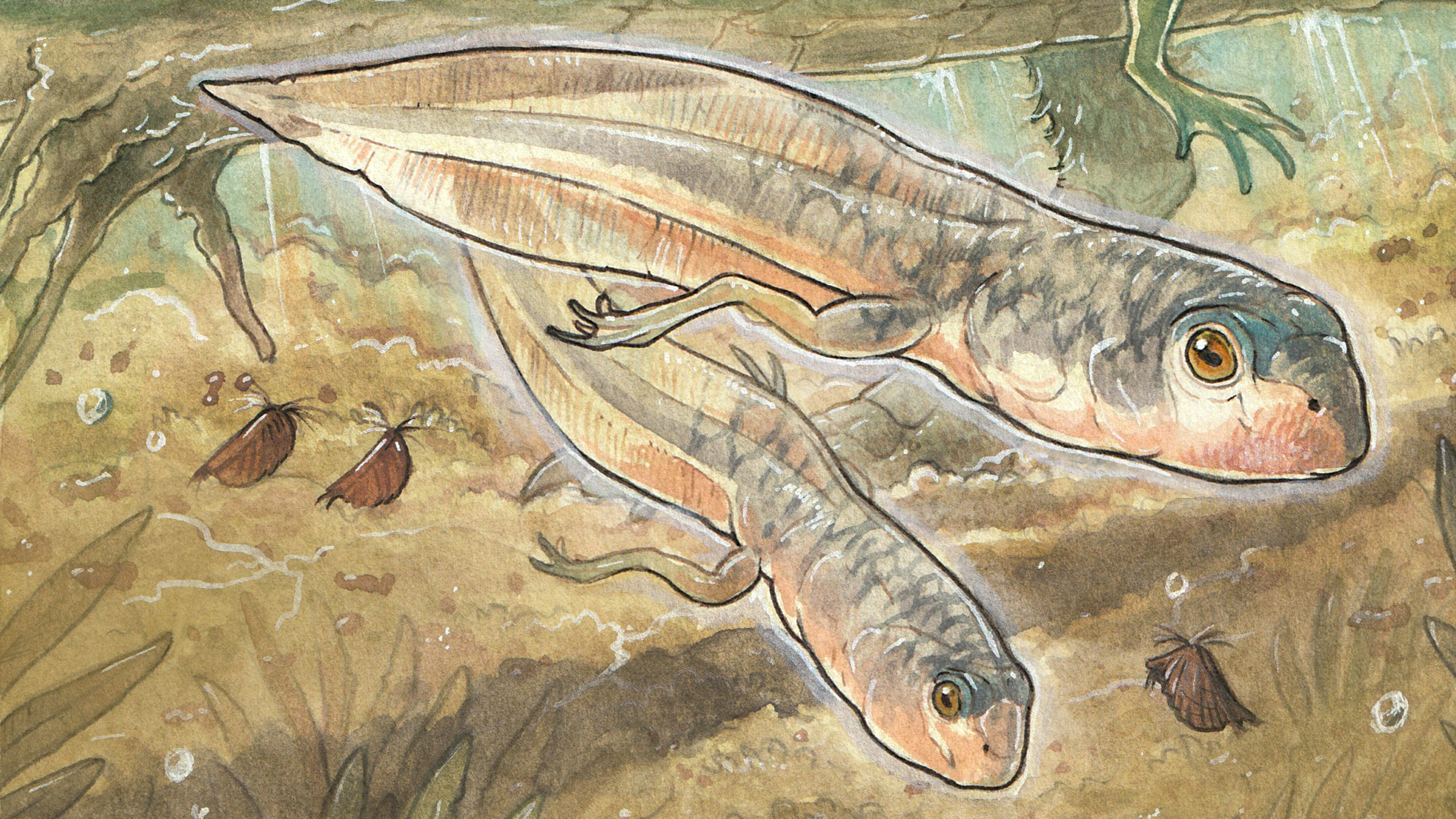Metabolites, Vol. 13, Pages 445: NMR-Based Metabolomics Demonstrates a Metabolic Change during Early Developmental Stages from Healthy Infants to Young Children
Metabolites doi: 10.3390/metabo13030445
Authors: Liana Bastos Freitas-Fernandes Gabriela Pereira Fontes Aline dos Santos Letieri Ana Paula Valente Ivete Pomarico Ribeiro de Souza Tatiana Kelly da Silva Fidalgo
The present study aims to identify the salivary metabolic profile of healthy infants and young children, and to correlate this with age, salivary gland maturation, and dentition. Forty-eight children were selected after clinical evaluation in which all intraoral structures were examined. Total unstimulated saliva was collected, and salivary metabolites were analyzed by 1H Nuclear Magnetic Resonance (NMR) at 25 °C. Partial least squares discriminant analysis (PLS-DA), orthogonal PLS-DA (O-PLS-DA), and univariate analysis were used, adopting a 95% confidence interval. The study showed a distinct salivary metabolomic profile related to age and developmental phase. The saliva of children in the pre-eruption teeth period showed a different metabolite profile than that of children after the eruption. However, more evident changes were observed in the saliva profile of children older than 30 months. Alanine, choline, ethanol, lactate, and sugar region were found in higher levels in the saliva of patients before 30 months old. Acetate, N-acetyl sugar, butyrate, caproate, creatinine, leucine, phenylalanine, propionate, valine, succinate, and valerate were found to be more abundant in the saliva of children after 30 months old. The saliva profile is a result of changes in age and dental eruption, and these findings can be useful for monitoring the physiological changes that occur in infancy.

 1 year ago
39
1 year ago
39


